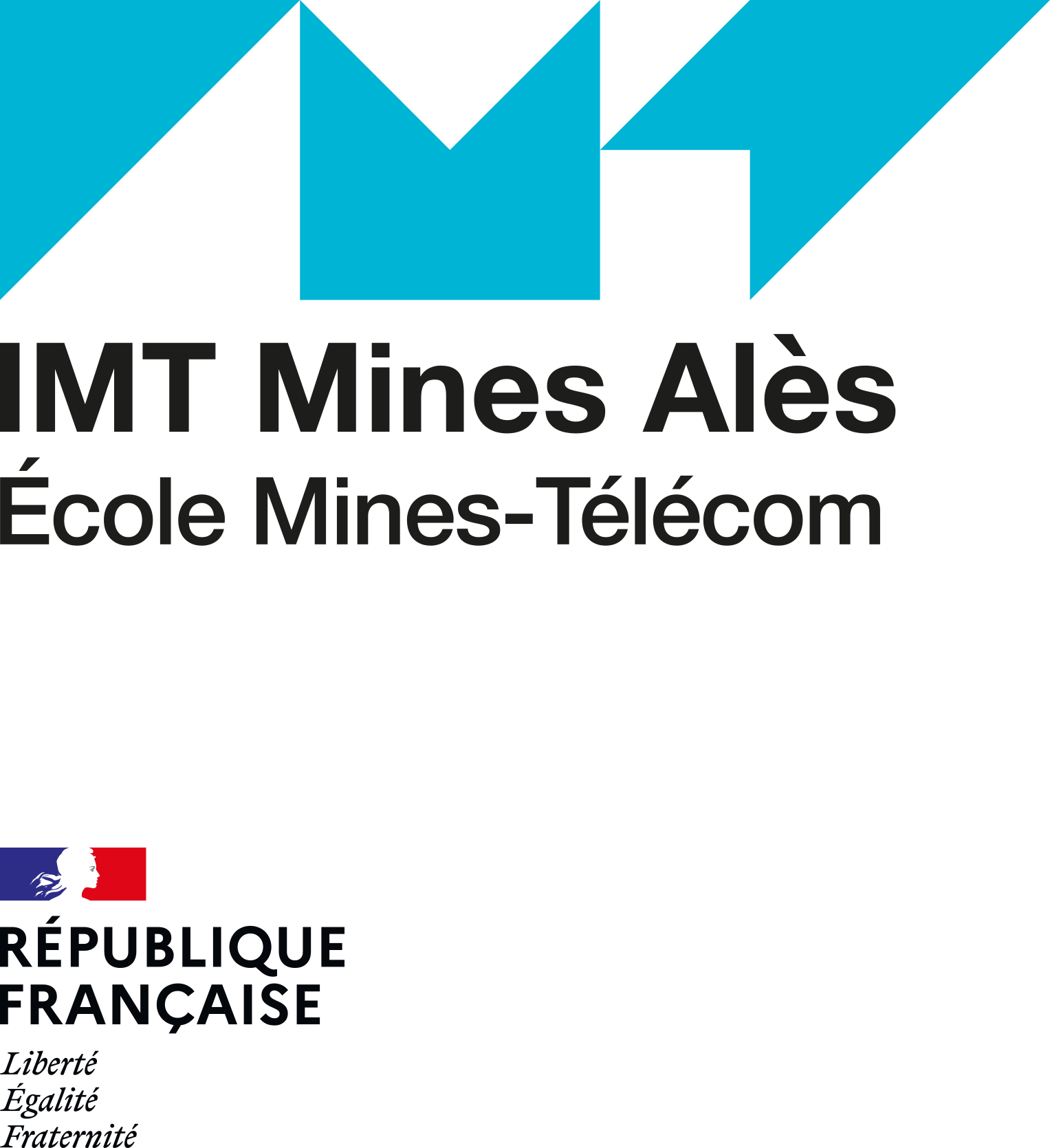Résumé :
Au Liptako nigérien, la qualité de l’eau pour répondre aux besoins des populations et des écosystèmes est mise en péril par le développement des exploitations minières artisanales d’or et l’utilisation accrue de pesticides. Il est urgent d’améliorer la connaissance scientifique et locale afin de préserver la santé des populations et des écosystèmes. Mais dans quelles mesures une bonne connaissance de la qualité des ressources en eau du Liptako nigérien peut permettre d’améliorer l’état de santé des populations ? Cette thèse a pour objectif 1/ d’améliorer les connaissances sur la qualité des eaux dans le Liptako nigérien, 2/ de déterminer les origines possibles de ces contaminations, et 3/ de développer et mettre en place, en lien avec les différents acteurs du territoire, un outil de transfert de connaissances afin de favoriser l’émergence de nouvelles pratiques.
Pour atteindre ces objectifs, une méthodologie pluridisciplinaire, à l’interface entre métrologie et sociologie, a été mise en place, articulant science dure et recherche participative. 43 puits et forages ont été échantillonnés au cours des périodes de hautes et basses eaux et analysés par ICP/MS et chromatographie ionique. Les roches encaissantes ont été analysées par MEB-EDS et par ICP/MS. Dans les zones agricoles, 6 sites ont été échantillonnés le long du fleuve Niger et son affluent la rivière Mékrou, pendant les deux saisons, au moyen de POCIS et par échantillonnage ponctuel. Les échantillons collectés ont été analysés par HPLC/MS. Sur les sites agricoles, des informations sur les pratiques agricoles et les pesticides utilisés ont été collectées auprès des producteurs. La co-construction du dispositif de transfert de connaissance recherche – terrain a été basée sur les principes de la modélisation d’accompagnement.
Les résultats d’analyse des eaux souterraines ont révélé des concentrations en arsenic et en baryum significativement supérieures aux valeurs guides de l’OMS. Les concentrations excédant les limites de qualité dans les deux environnements géologiques sont relatives au manganèse, au nickel et au bore. Les méthodes de statistique descriptive ont permis de distinguer un faciès principal de type bicarbonaté calcique et magnésien. Les résultats de la MEB-EDS ont montré la présence de minéraux sulfurés et des oxydes de manganèse. L’origine de l’arsenic, dans les eaux souterraines, semble être associée à l’altération des minéraux sulfurés et aux conditions légèrement alcalines et oxydantes favorisant la désorption de l’arséniate de la surface des oxydes de fer et de manganèse. Les concentrations en baryum et en manganèse dans les eaux souterraines sont associées à leur présence naturelle dans les roches. La consommation des eaux souterraines riches en arsenic et en certains métaux traces présente des risques graves pour la santé humaine dans les zones d’orpaillage.
Les analyses en pesticides des eaux ont permis de détecter, localement, les composés présentant des concentrations largement supérieures aux valeurs guides de l’OMS et de la directive EU : pour le diuron, l’atrazine et acétochlore. De mauvaises pratiques d’application des pesticides entrainent la contamination de eaux : 70% des pesticides utilisés ne sont pas homologués par le CILSS. La principale source des pesticides dans les eaux de rivières est liée à leur utilisation intensive dans l’agriculture urbaine, près de Niamey, et pour la production du coton, pour la Mékrou. Ces concentrations élevées en diuron, atrazine, et acétochlore, soulèvent des questions pour la santé des maraichers.
Sur la question des pollutions métalliques, la co-construction d’un dispositif de transfert de connaissance entre recherche et terrain initié une dynamique de recherche participative et collaborative impliquant parties prenantes institutionnelles, ONG et orpailleurs. L’observation de cette co-construction encourage la diffusion de ce dispositif de transfert de connaissance à d’autres sites d’orpaillage.
Abstract :
In Nigerien Liptako, the quality of water to meet the needs of populations and ecosystems is jeopardized by the development of artisanal gold mining and the increased use of pesticides. It is urgent to improve scientific and local knowledge in order to preserve the health of populations and ecosystems. But to what extent can a good knowledge of the quality of the water resources of the Nigerien Liptako improve the health of the populations? The objectives of this thesis are 1/ to improve knowledge on the quality of water in the Niger Liptako, 2/ to determine the possible origins of these contaminations, and 3/ to develop and implement, in collaboration with the different actors of the territory, a knowledge transfer tool in order to promote the emergence of new practices.
To achieve these objectives, a multidisciplinary methodology, at the interface between geology, metrology and sociology, was set up, articulating hard science and participatory research. 43 wells and boreholes were sampled during high and low water periods and analyzed by ICP/MS and ion chromatography. The surrounding rocks were analyzed by SEM-EDS and ICP/MS. In the agricultural areas, 6 sites were sampled along the Niger River and its tributary the Mekrou River, during both seasons, using POCIS and grab sampling. The collected samples were analyzed by HPLC/MS. At the agricultural sites, information on agricultural practices and pesticides used was collected from the producers. The co-construction of the research-field knowledge transfer system was based on the principles of companion modeling.
The results of the groundwater analysis revealed arsenic and barium concentrations significantly higher than the WHO guideline values. Concentrations exceeding the quality limits in both geological environments were for manganese, nickel and boron. Descriptive statistics methods allowed to distinguish a main facies of calcic and magnesian bicarbonate type. SEM-EDS results showed the presence of sulfide minerals and manganese oxides. The origin of the arsenic in the groundwater appears to be associated with the alteration of the sulfide minerals and the slightly alkaline and oxidizing conditions favoring the desorption of arsenate from the surface of the iron and manganese oxides. Barium and manganese concentrations in groundwater are associated with their natural occurrence in rocks. Consumption of groundwater rich in arsenic and certain trace metals poses serious risks to human health in gold mining areas.
Pesticide analyses of the water have made it possible to detect, locally, compounds with concentrations well above the guide values of the WHO and the EU directive: for diuron, atrazine and acetochlor. Poor pesticide application practices lead to water contamination: 70% of the pesticides used are not registered by the CILSS. The main source of pesticides in river water is related to their intensive use in urban agriculture, near Niamey, and for cotton production, for the Mekrou. These high concentrations of diuron, atrazine, and acetochlor raise questions about the health of market gardeners.
On the issue of metal pollution, the co-construction of a knowledge transfer mechanism between research and the field initiated a participatory and collaborative research dynamic involving institutional stakeholders, NGOs and gold miners. The observation of this co-construction encourages the dissemination of this knowledge transfer mechanism to other gold panning sites.


